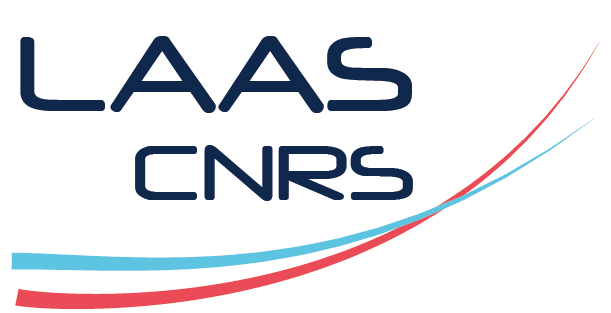Hydrodynamic resistance of a yeast clog
Résumé
Bioclogging, the clogging of pores with living particles, is a complex process that involves various coupled mechanisms such as hydrodynamics and particle properties. The lack of sensitive methods to simultaneously measure the hydraulic resistance of a clog and the position of particles at high enough resolutions limits our understanding of this tight fluid-structure interplay. In this article, we explored bioclogging at the microscale level, where flow rates are typically extremely low (< 100 nL/min). We developed a highly sensitive method to precisely measure small flow rates (< 6.7% error) with a low response time (< 0.2 s) while retaining the capability to image the structure of a fluorescently-labeled yeast clog at high resolution. This method employed a microfluidic device with two identical channels: a first one for a yeast suspension and a second one for a colored culture medium. These channels merged into a single wide outlet channel, where the interface of the colored medium and the medium coming from the yeast clog could be monitored. As a yeast clog formed in the first channel, the displacement of the interface between the two media was imaged and compared to a pre-calibrated image database, quantifying the flow through the clog. We carried out two kinds of experiments to explore the fluid-clog interaction: filtration under constant operating pressure and filtration under oscillating operating pressure (backflush cycles). We found that in both scenarios, the resistance increased with clog length. On the one hand, experiments at constant imposed pressure showed that the clog's permeability decreased with increased operating pressure, with no detectable changes in cell density as assessed through fluorescence imaging. In contrast, backflush cycles resulted in an approximately four times higher permeability, associated with a significant non-monotonic decrease in cell density with the operating pressure. Leveraging on our unique dual measurement of fluid flow and clog microstructure, our study offered enhanced insights into the intricate relationships between clog microstructure, permeability, and construction history. The better understanding of the fluid-structure interplay allowed us to develop a novel physical modeling of the flow in a soft and confined porous medium that challenged the empirical power-law description used in bioclogging theory by accurately replicating the measured permeability-pressure variations.
| Origine | Fichiers éditeurs autorisés sur une archive ouverte |
|---|





